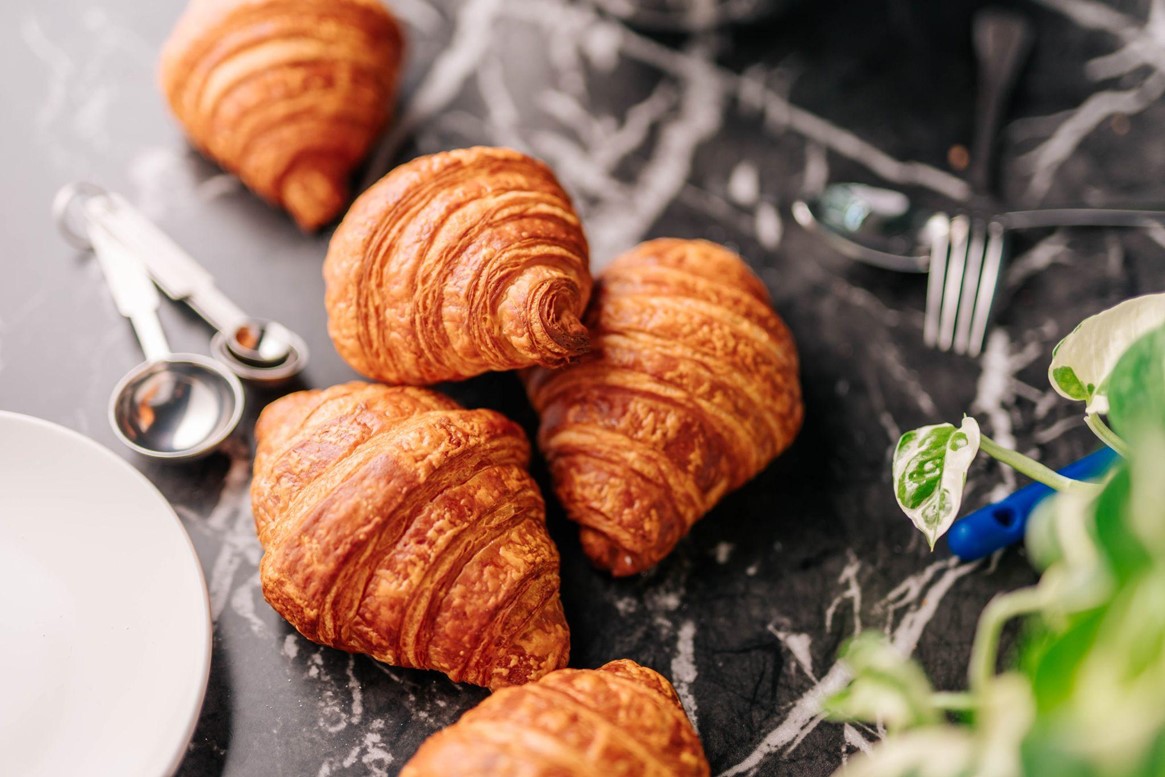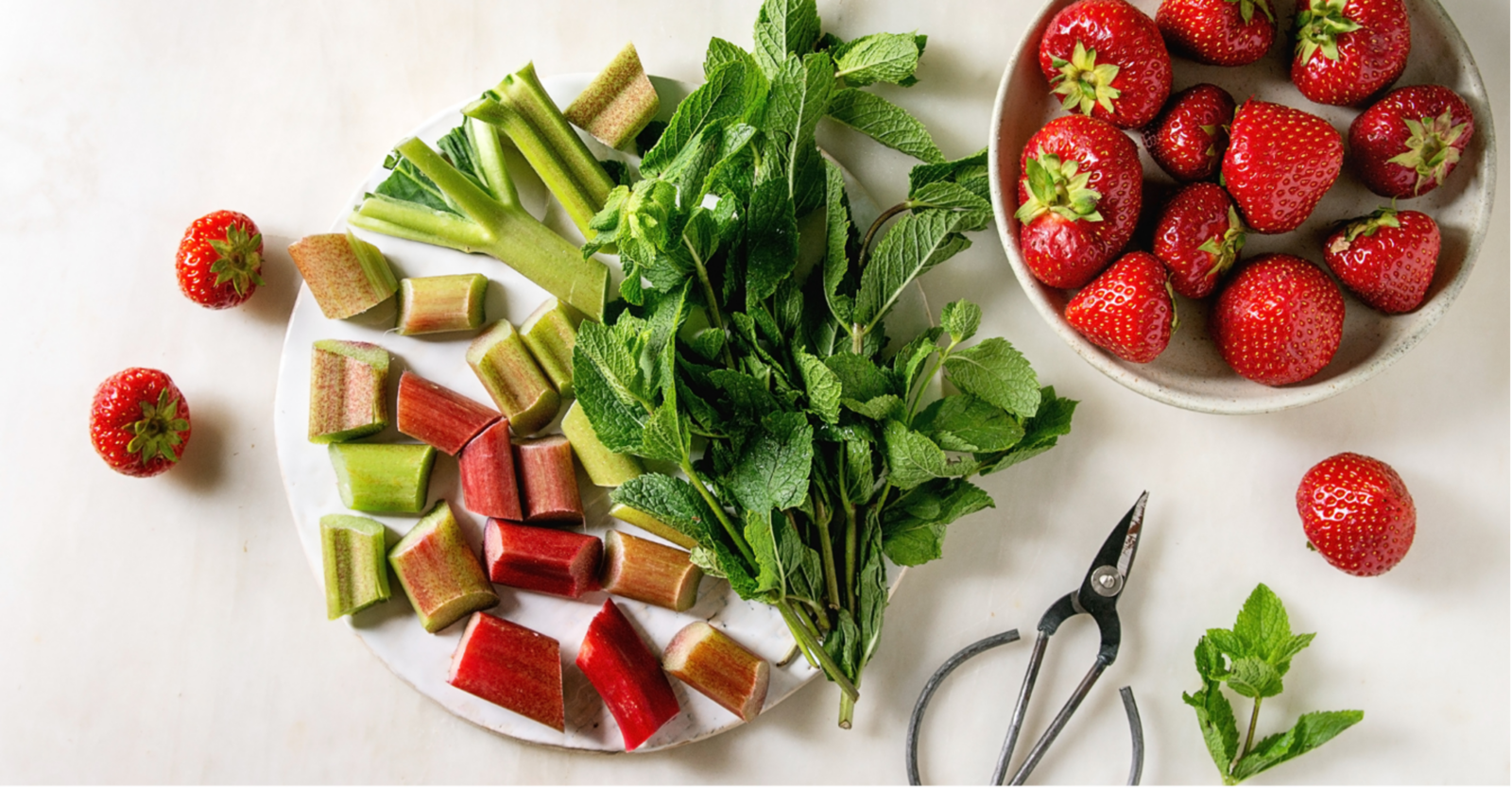National Croissant Day: Creating the Perfect Croissant
We are crazy about croissants so when National Croissant Day comes around, we get very excited! Please indulge us while we share some history about this remarkable pastry and tips on how you can perfect your recipe.
History of the Croissant
When we think about croissants, we think France, the French, Paris, and even the Eiffel Tower. To our surprise, the earliest record of croissants originated in Austria in 1683. Apparently, Marie Antionette with her lavish lifestyle and love for indulgences requested that the croissants be replicated for her and hence its induction into French culture. From there, it became a staple in French cuisine and eventually its popularity spread throughout the world.
For those of you who may not know, a croissant, in theory, is a pastry made simply from basic ingredients like flour, yeast, sugar and lots of butter. What transforms these ingredients into the flakey, pillowy pastries that we all love is the technique in which these ingredients are incorporated into each other.
Creating the Perfect Croissant
Croissants are one of the most beloved and classic pastries in the world. They’re fluffy, buttery, crispy, and soft all at the same time. But what’s the key to achieving all that without losing your mind?
High-Quality Ingredients
When it comes to ingredients, you should try your best to use the most premium products you can since there are just a handful of them so they will all get a chance to shine.
When it comes to flour, most recipes use bread flour which is higher in protein than all-purpose flour which essentially gives your croissants their delicate bready and chewy element.
Yeast is one of the essential ingredients as its job is to give the pastry it’s rise and lift, which accounts for its characteristic fluffiness. Dry yeasts are easier to store as they stay on your shelf and can last for months. Fresh yeast is exactly what it sounds like. It’s fresh, kept refrigerated and much stronger than dry yeast. Many commercial bakeries use fresh yeast for its potency as it has more live yeast cells. The downside to fresh yeast is that it has to be handled cautiously and stored properly. Its lifespan is much shorter than dry yeast and is treated as a perishable ingredient. Whichever you prefer, make sure what you use is fresh and active. Otherwise, your croissant dough might pay the price.
Another extremely important ingredient to making the best croissants is the butter you use. Some bakers use anywhere from 25% to even 50% of butter in their formulas which means if your butter isn’t the best tasting, your final croissants might not be either. At the bakery, we use imported French butter that is 82% fat. The higher the fat content, the richer and more flavorful the butter will be. Obviously, where the cream comes from that makes the butter is also very important in lending flavor and quality. We think our butter is one of the keys that makes ours so popular.
Time
Before you embark on your croissant journey, make sure you have the time and patience for something that will take hours, if not a day, to complete. We like to consider our croissants as a means of practicing patience and attention to detail. You will be overjoyed with the results if you can give these treats the proper attention they need. We get giddy every time our trays go into the hot oven and we get to see the perfect layers rise before our eyes.
Technique
Aside from mixing the initial dough properly and getting it smooth, the most important aspect of croissant making is folding the butter into the dough. In a commercial environment, we call it laminating. This just means we are layering the croissant with special folds to create the many layers that will eventually rise and lift the pastry in the oven to achieve that amazing fluff and crisp that we know and love.
At its simplest form, picture a sheet of red paper topped with say, a sheet of white paper, now fold the two together into thirds . Now do this again and again. On the crosscut, what you see is a perfect alternating of the two colors. Now picture one of those layers as dough and the other as butter. That’s what a perfectly laminated croissant dough looks like- stripes of dough and butter.
The best advice we could give you when making your own croissants is to make sure your dough and butter are at the same temperature. Ingredients, in most all of baking, incorporate best when they are the same temperature and that includes croissants.
Also, when rolling your dough, let it sit at room temperature for a little bit so that your butter isn’t so cold and you don’t rip or break your dough. Again, the goal is to get even layers of dough and butter and if your butter is refrigerator hard, you might end up crushing it into the soft dough and ripping up your perfect layers.
Last advice we can give you—Be patient. With every fold you make, the dough needs sufficient time to rest in the refrigerator so that it isn’t overworked and becomes tough.
Come Try Our Artisan Croissants
We really encourage you to take a stab at perfecting your own croissants, but if you don’t have the time or patience, we invite you to come try ours! We are seriously passionate about our croissants and would love to share what we do with you. We always use premium ingredients and time-honored artisan techniques to deliver delicious products for your enjoyment. If you like fluffy, buttery, crispy, and soft all at the same time, you need to see us!
And by the way, feel free to stop by if you need any advice. We are happy to share our experiences and help you make your perfect croissant.









